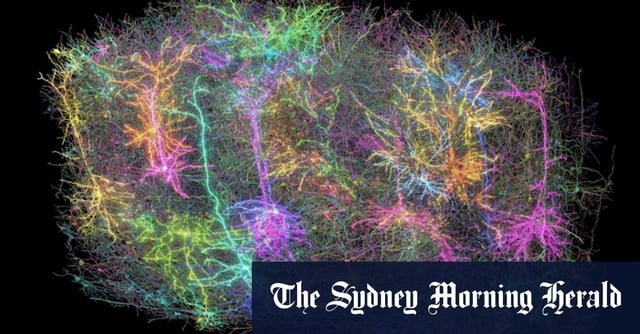Overview
- Researchers have created the largest and most detailed structural and functional map of a mouse brain, capturing 84,000 neurons and over 500 million synapses.
- The study combined high-resolution 3D anatomical mapping with functional imaging of neuronal activity as the mouse was exposed to visual stimuli, including clips from 'The Matrix.'
- Advanced techniques like serial-section electron microscopy and dense calcium imaging were used to reconstruct a cubic millimeter of the mouse's visual cortex in unprecedented detail.
- The dataset, published in Nature, is now publicly accessible, providing a resource for scientists worldwide to study neural connectivity and explore treatments for brain disorders.
- This achievement is being compared to the Human Genome Project for its transformative potential in neuroscience, with future goals including scaling the mapping to entire brains.

